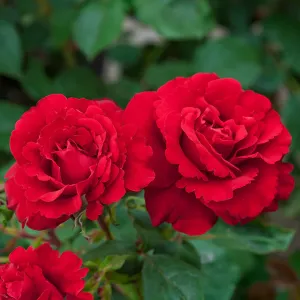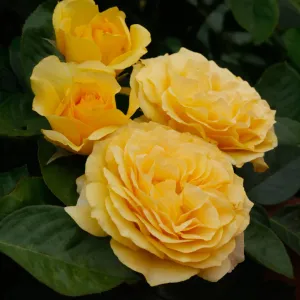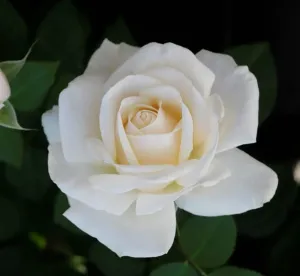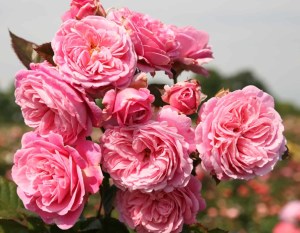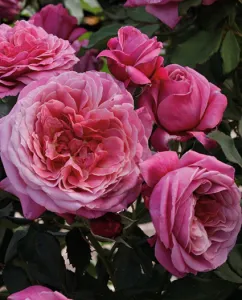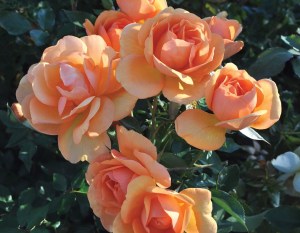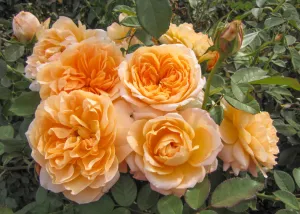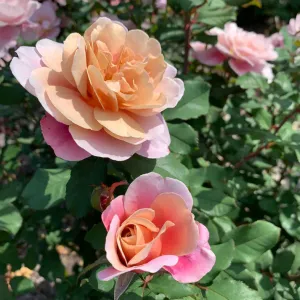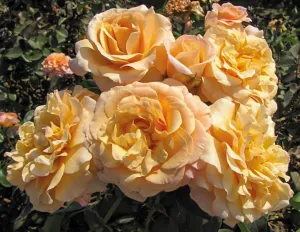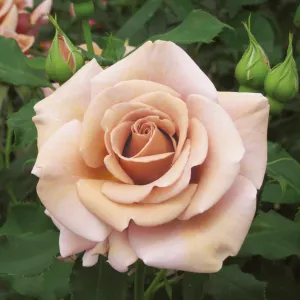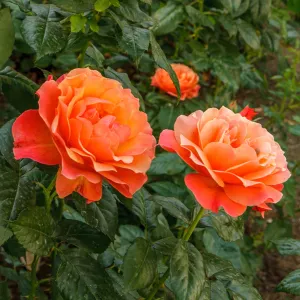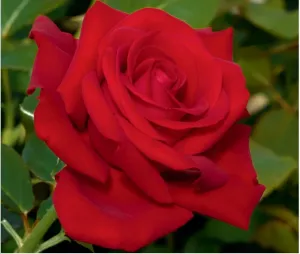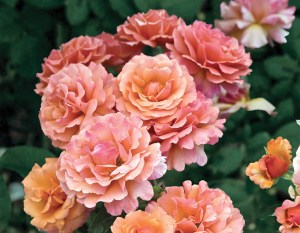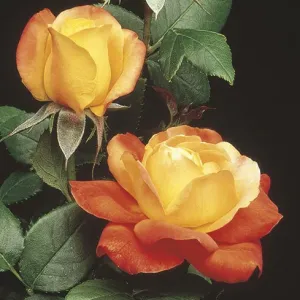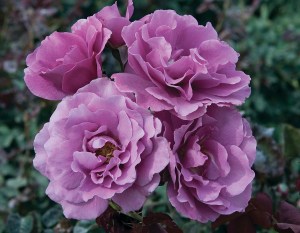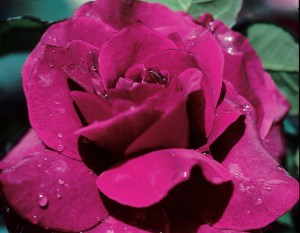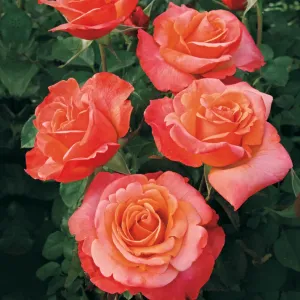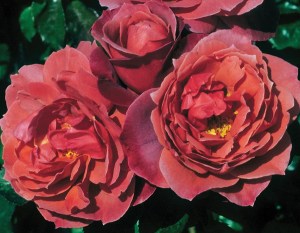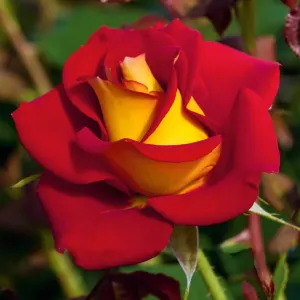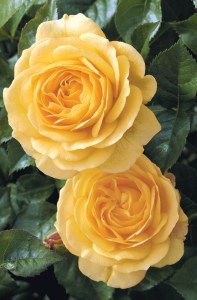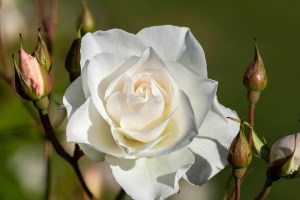Floribunda Roses
ROSES ARE SHIPPED IN JANUARY ONLY!
Bare Root Floribunda Roses
 Floribundas differ from hybrid teas in that they are usually more floriferous, longer blooming and the flowers are borne in clusters instead of singly. As with hybrid teas, there is a tremendous variety of color and shape.
Floribundas differ from hybrid teas in that they are usually more floriferous, longer blooming and the flowers are borne in clusters instead of singly. As with hybrid teas, there is a tremendous variety of color and shape.
'Iceberg' is perhaps the most prolific bloomer of them all; the pure white, semi-double flowers grace the plant spring through fall. 'Iceberg' is available as a shrub rose and also as a climbing rose. Two sports of 'Iceberg', 'Brilliant Pink Iceberg' and 'Burgundy Iceberg', are like their parent in every aspect except color. All of them are tallish, bushy and terrific bloomers. An older and always popular lavender floribunda is 'Angel Face'. True to its color, 'Angel Face' is very fragrant. 'Lavaflow' is a stunning red variety. One of our favorite newer roses is 'Hot Cocoa'. The color is shades of reddish orange and it's spectacular in the garden.
More About Floribunda Roses
Roses are adaptable to many garden styles. In formal gardens, the shrubs may be groomed to an even shape. In informal gardens, they can be allowed to do their own thing. Roses prefer rich, deep soil. If your garden has less than ideal soil, be sure to add some really good soil amendment. Roses also respond well to fertilization and there are lots of different formulas available. For the best bloom, choose one that has a high phosphorous content as opposed to one containing high nitrogen. The recommended application time is every six weeks during the growing season, but check the directions on the fertilizer that you buy.
Roses can also make excellent container plants. Choose a large pot at least 14" in diameter. Half wine barrels are fine in an informal setting. Be sure to plant the rose in a quality potting soil and fertilize as you would if it were in the ground.
Roses require at least six hours of sunlight to perform well.
In areas with high humidity, mildew and black spot can be a serious problem. A fungicide/insecticide made from neem oil is a good choice for attacking both fungal and insect problems. The product, made from the oil of the neem tree, is an environmentally good choice. For more information on roses, check out 'The Huntington Botanical Gardens - Spring in the Rose Garden' website.
Pruning is an important aspect of rose culture. The main pruning season is early winter. The exact time varies with different climates. Each type of rose, Hybrid Tea, Climber, Miniature, etc., requires a slightly different technique. Aside from the main pruning which occurs in the dormant season, be aware that each time you remove a spent blossom you are pruning the plant. It is advisable to make your pruning cuts to encourage the growth of an outside bud away from the interior of the plant. This practice allows light to enter and lessens the possibility of disease.
Roses require a little extra care, but the results are extremely rewarding. With so many exciting varieties available, you're sure to find the perfect roses for your garden!

